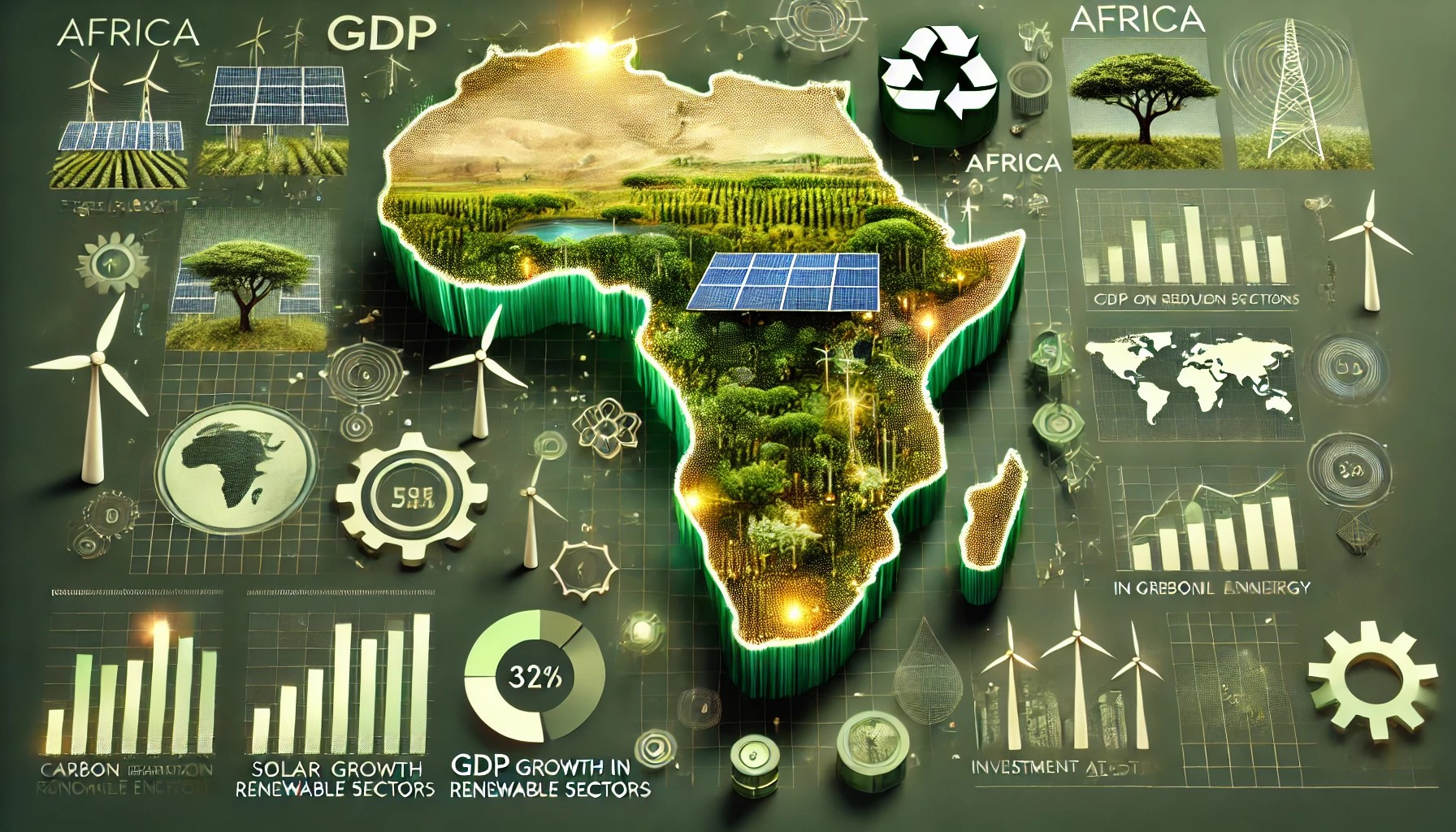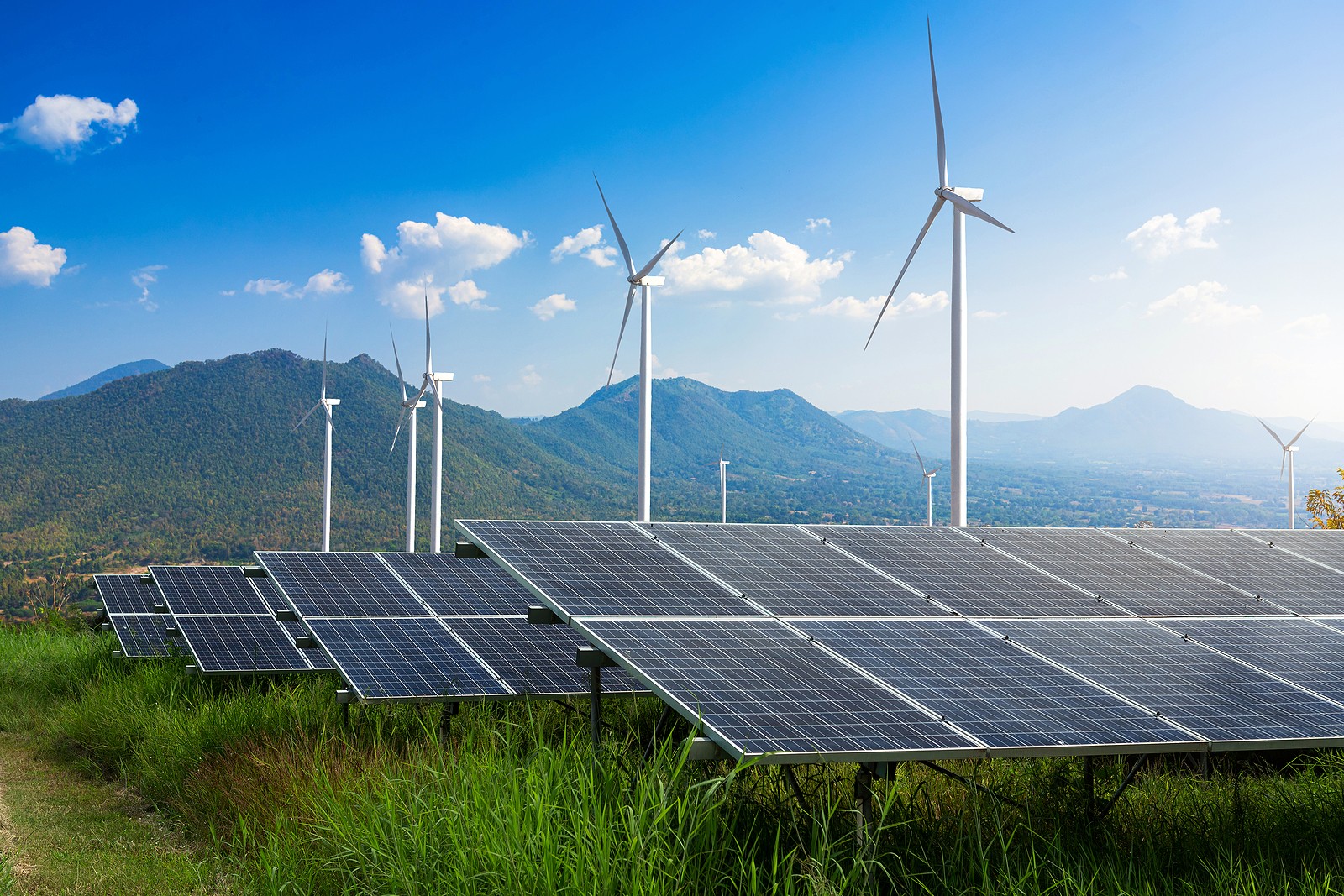Green bonds are emerging as one of the most visible tools for financing Africa’s energy transition. In 2024–2025, a mix of supranational benchmarks, sovereign programs, municipal deals, and pioneering corporate issues have set pricing benchmarks, attracted institutional investors, and funded projects from large solar complexes to village mini-grids.
What follows is a ranked, journalistic overview of the ten green bonds that mattered most this year and what they reveal about the continent’s evolving green finance landscape.
Why This Matters
Africa needs hundreds of billions of dollars of low-carbon investment to meet fast-rising power demand and climate goals. Green bonds offer patient, labeled capital that matches long asset lives and attracts pensions, insurers, and ESG funds but the market remains small and concentrated. The bonds below show both progress and the work still needed to turn one-off transactions into a steady, scalable pipeline.
Quick Market Snapshot
By mid-2025, African issuers had raised around USD 9.6–10 billion through green and sustainable bonds across roughly 70–80 deals. This marks steady growth but still represents a modest share of global issuance.
Development finance institutions and a handful of sovereign and municipal pioneers continue to dominate volumes, while private and corporate issuance grows mostly through smaller, targeted issues.
The 10 Most Impactful Green Bonds in 2025
1. African Development Bank: €500 Million Green Benchmark (May 2024)
The AfDB’s inaugural €500 million green bond established a continent-focused benchmark for pricing and tenor. Proceeds were allocated to renewable and resilience projects across Africa, including solar mini-grids and energy efficiency upgrades. As a supranational anchor, AfDB’s issuance catalyzed investor confidence and encouraged replication among national and corporate players.
2. Federal Government of Nigeria: Sovereign Green Bond Series III (₦50 Billion, June 2025)
Nigeria’s Series III Green Bond expanded its domestic sovereign program, targeting renewable mini-grids, solar utilities, and afforestation initiatives. The issue attracted strong participation from local pension funds and insurers, demonstrating how sovereign leadership can crowd in domestic long-term capital and accelerate private sector participation.
3. City of Cape Town: ZAR 1 Billion Municipal Green Bond
Cape Town’s municipal bond remains a model for African cities. Though first issued in 2017, its structure financing water-energy resilience, electrified transport, and urban infrastructure continues to influence city-level green issuances across the continent. The bond was oversubscribed, proving that municipal climate projects can appeal to mainstream investors.
4. African Sovereign and Regional Sustainable Bonds (2024–2025)
Beyond Nigeria, countries such as Kenya, Egypt, and Morocco have announced or launched green or sustainable sovereign bonds. These issues expand the investor base for African sustainable debt and create domestic yield curves that future corporate issuers can reference, strengthening local capital markets.
5. OneWattSolar: Corporate Green Bond (₦10 Billion)
OneWattSolar’s corporate green bond showcased how off-grid and distributed solar developers can tap domestic debt markets. The ₦10 billion issuance funded solar solutions for schools, small businesses, and housing estates. It provided a replicable model for decentralized energy companies seeking to scale operations while maintaining sustainability credentials.
6. Morocco’s Noor Solar-Linked Financing
Morocco’s Noor Solar Complex, one of the world’s largest concentrated solar power projects, benefited from innovative green financing. Bonds and blended finance instruments were structured around project milestones, attracting international investors and concessional lenders. This model continues to influence North African renewable project financing in 2025.
7. Development Finance Institutions: IFC, World Bank, and AfDB Programs
Multilateral institutions have remained key players, issuing green and sustainable bonds that fund downstream renewable projects and guarantees. These continuous programs lowered perceived risks, improved pricing for African projects, and introduced rigorous impact reporting standards across the market.
8. Asset-Backed and Pooled Green Bond Structures
Evolving beyond single-project issuances, African markets are exploring securitization and asset-backed structures. These models pool distributed solar systems, mini-grids, or clean transport assets, enabling institutional investors to buy into diversified, de-risked portfolios. This shift is unlocking scalable funding for smaller renewable initiatives.
9. Emerging Municipal and Sub-Sovereign Deals (Kenya, Egypt, Morocco)
A growing stream of smaller city and regional green bonds is building local credibility. Nairobi, Cairo, and Casablanca are designing pilot bonds tied to solid waste management, solar rooftops, and electric mobility projects proving that local authorities can lead climate financing when governance frameworks are transparent.
10. Green Sukuk and Islamic Finance Instruments
Green sukuk are expanding access to climate finance in Muslim-majority markets. Nigeria, Egypt, and Morocco are developing Sharia-compliant green investment products that align environmental goals with Islamic finance principles. These instruments diversify funding channels and attract a new segment of ethically driven investors.
What These Deals Collectively Achieve
Together, these ten bonds have established market confidence, set pricing benchmarks, and built templates for verification and reporting. Multilateral anchor issuances and sovereign programs have proven especially effective in crowding in private investors, while municipal and corporate bonds demonstrate the potential for localized, impact-driven financing.
Barriers and How to Scale
Despite progress, challenges remain:
- Currency risk deters international investors in local-currency bonds.
- Verification and certification costs remain high for small issuers.
- Project bankability is still limited for distributed energy projects.
- Greenwashing risks call for consistent impact measurement.
Scaling Africa’s green bond market will depend on aggregation platforms, blended finance instruments, and strong local institutions to ensure credibility and long-term investor trust.
Also read: How Green Bonds Are Financing Africa’s Energy Transition
FAQs
Q: What is a green bond?
A: A green bond is a labeled debt instrument whose proceeds are dedicated to environmental or climate-related projects, verified by independent assessors.
Q: How much has Africa raised in green bonds?
A: By mid-2025, Africa had raised approximately USD 10 billion through about 70–80 green and sustainable bond deals.
Q: Who are the biggest issuers supporting Africa’s green bond market?
A: The African Development Bank, Nigeria’s federal government, and municipal issuers like Cape Town lead issuance, supported by DFIs such as IFC and the World Bank.



